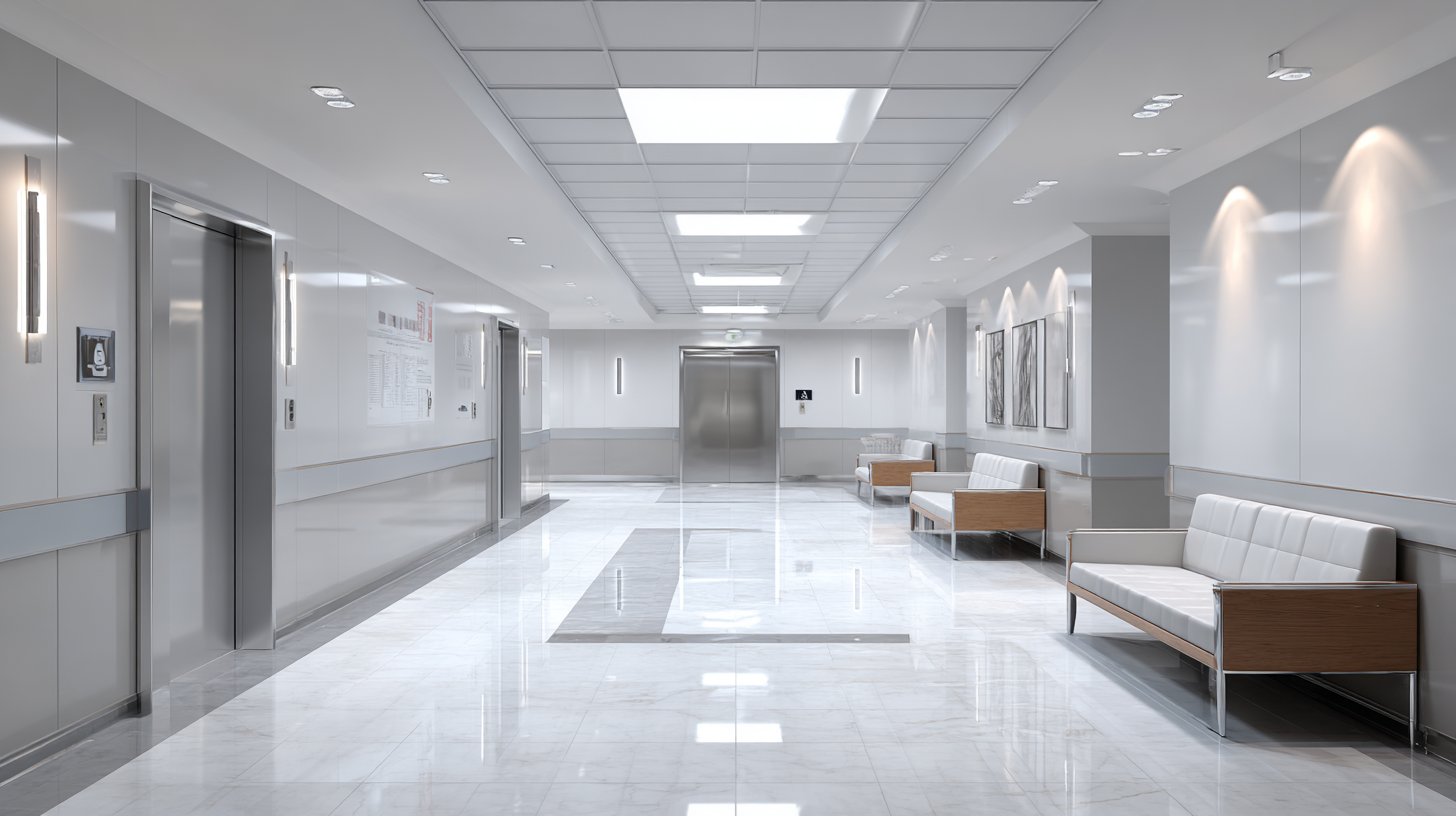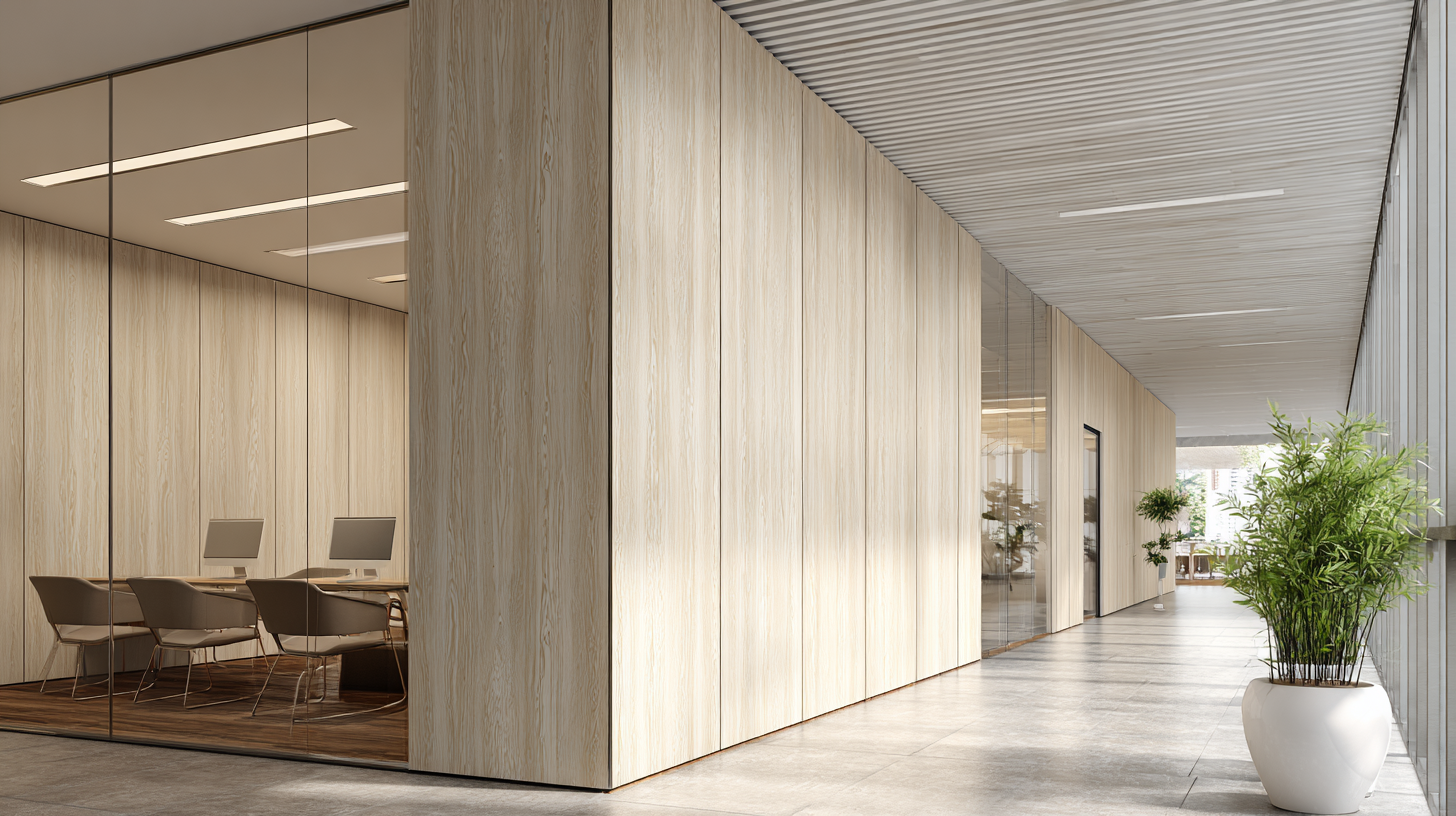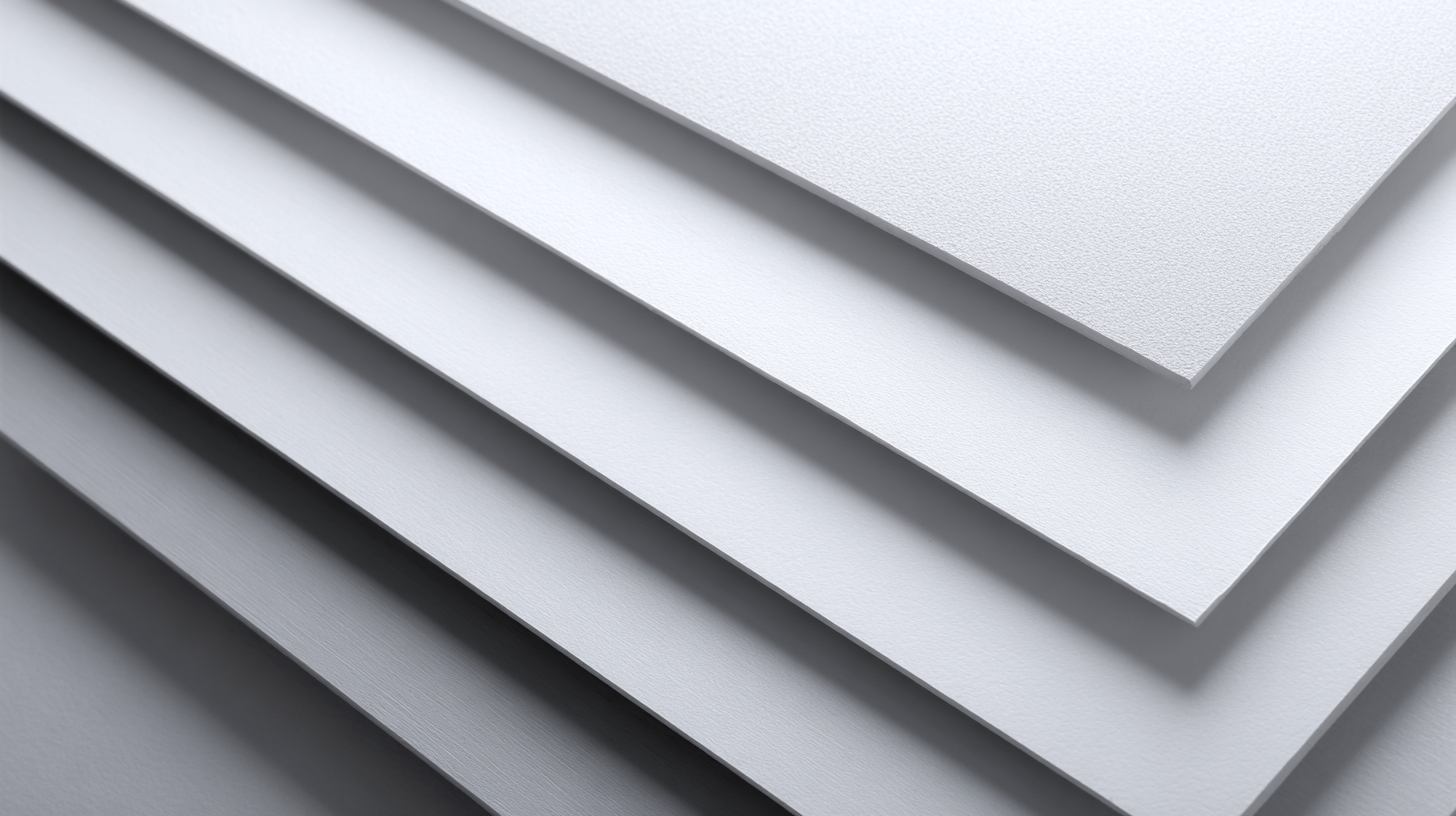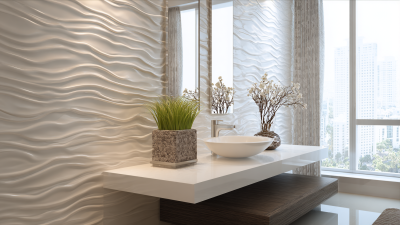Leave Your Message
-
Facebook
-
Whatsapp
-
Whatsapp


In today’s fast-paced commercial environment, maintaining hygiene standards is paramount, particularly in industries such as food processing, healthcare, and pharmaceuticals. One vital component in achieving these standards is the use of PVC hygienic wall cladding, which offers a seamless, non-porous surface that prevents the accumulation of dirt and bacteria. According to a report by Grand View Research, the global market for wall cladding is projected to reach USD 300 billion by 2025, underscoring the rising demand for materials that contribute to cleanliness and durability. Businesses are increasingly recognizing the importance of incorporating PVC hygienic wall cladding not only for its aesthetic appeal but also for its practicality in stringent hygiene settings. This blog will provide five essential tips to help you make a more informed decision when selecting PVC hygienic wall cladding for your business, ensuring you invest in a solution that meets both compliance and functional needs.

When selecting PVC hygienic wall cladding for your business, durability should be at the forefront of your decision-making process. It's essential to look for materials that can withstand the rigors of your specific environment, whether it’s a healthcare facility, food processing plant, or any other sector where hygiene is paramount.
 High-quality PVC cladding provides resistance to moisture, chemicals, and everyday wear and tear, ensuring that your walls remain pristine and functional over time.
High-quality PVC cladding provides resistance to moisture, chemicals, and everyday wear and tear, ensuring that your walls remain pristine and functional over time.
Consideration should also be given to the installation process and maintenance. Products that are easier to install can save you time and labor costs, while those that require minimal upkeep ensure that your maintenance team can focus on other critical tasks.
The latest innovations in hygienic wall cladding include antimicrobial properties that enhance cleanliness and safety, especially in high-traffic areas where the risk of contamination is higher. By choosing the right features, you not only enhance the aesthetic appeal of your space but also prioritize health and safety, making it a smart investment for your business.
When evaluating the cost-effectiveness of PVC hygienic wall cladding for your business, it is essential to consider both initial investment and long-term savings. According to a report from the Freedonia Group, the demand for plastic wall coverings is projected to grow by 4.5% annually through 2025, driven by their durability and low maintenance costs. This is particularly significant for industries such as healthcare and food processing, where hygiene standards are paramount. PVC cladding is not only resistant to moisture and mold but also eliminates the need for frequent repainting, translating into savings on maintenance and labor costs.

Moreover, a study by the European Plastics Converters Association highlights that PVC wall cladding can reduce energy costs by providing improved insulation compared to traditional materials. With prices for energy consistently on the rise, businesses can expect to see a return on investment as the energy efficiency of PVC contributes to lower heating and cooling expenses. Thus, the initial higher upfront cost of PVC hygienic wall cladding can be offset by its longevity and decreased operational expenses, making it a financially sound choice for businesses looking to enhance their operational efficiency without compromising on hygiene.
When choosing PVC hygienic wall cladding for your business, compliance with industry hygiene standards is paramount. According to a report by the World Health Organization, nearly 1 in 10 patients globally are affected by healthcare-associated infections (HAIs), which underscores the importance of maintaining strict hygiene protocols in any facility. Using materials that meet or exceed hygiene standards can significantly reduce the risk of contamination, providing a safer environment for both staff and customers.
Furthermore, the U.S. Food and Drug Administration (FDA) highlights that appropriate wall systems in food processing and healthcare environments must be non-porous and easy to clean. PVC wall cladding offers these properties, creating seamless surfaces that minimize dirt accumulation and facilitate compliance with regulations such as the Health and Safety at Work Act. By choosing the right cladding, businesses not only adhere to essential hygiene standards but also invest in long-term durability and cost-effectiveness, making it a critical decision for operational success.
| Tip | Description | Importance | Compliance Aspect |
|---|---|---|---|
| 1. Assess Material Quality | Choose PVC that is durable and resistant to impacts and chemicals. | Ensures longevity and reduces maintenance costs. | Meets health and safety regulations. |
| 2. Verify Cleanability | Select surfaces that are easy to clean and sanitize. | Maintains hygiene in sanitary environments. | Compliance with hygiene standards. |
| 3. Check for Anti-Microbial Properties | Opt for cladding with built-in anti-microbial agents. | Reduces the risk of bacterial growth. | Supports compliance with public health regulations. |
| 4. Consider Aesthetic Appeal | Choose designs that align with your business branding. | Enhances customer experience and perception. | Aligns with industry presentation standards. |
| 5. Evaluate Installation Procedures | Ensure proper installation methods are used. | Prevents failure and ensures effectiveness of cladding. | Compliance with manufacturer guidelines. |
When it comes to selecting PVC hygienic wall cladding for your business, aesthetic options such as colors and textures play a crucial role. According to industry reports, approximately 70% of businesses prioritize not just functionality but also visual appeal in their interior design choices. This trend highlights the importance of creating a welcoming environment while ensuring hygiene standards are met.
When selecting colors, it is essential to consider the psychological impact of different hues. For example, calming colors like light blues and greens can create a serene atmosphere, while vibrant colors such as reds and yellows can energize a space. The right texture can enhance these colors further; a smooth finish reflects light and can make small areas appear larger, whereas textured surfaces can add depth and warmth.
Tip 1: Always request samples and visualize how different colors and textures work together in your space.
Tip 2: Research the latest color trends in your industry to make an informed choice that resonates with your target audience. As you navigate these options, remember that the combination of practicality with aesthetic appeal will not only elevate your business environment but also contribute to a positive experience for employees and customers alike.
When it comes to choosing PVC hygienic wall cladding for your business, understanding the installation and maintenance requirements is crucial for ensuring the material's longevity. Investing in high-quality cladding is only the first step; proper installation helps to maximize its lifespan. Make sure the surface is adequately prepared, as a clean and dry foundation is essential for a strong adhesion. Additionally, consider the expertise of the installation team; experienced professionals can avoid common pitfalls that lead to premature wear.
Maintenance plays an equally important role in achieving durability. Regular cleaning with appropriate, non-abrasive agents can prevent buildup that might compromise the cladding's integrity over time. Furthermore, periodic inspections can help identify minor damages before they escalate, ensuring that your investment remains functional and aesthetically pleasing. By integrating a proactive maintenance schedule, you not only enhance the longevity of your PVC wall cladding but also create a healthier environment for your employees and customers. Prioritizing these aspects will ensure that your cladding continues to serve its purpose effectively for years to come.






